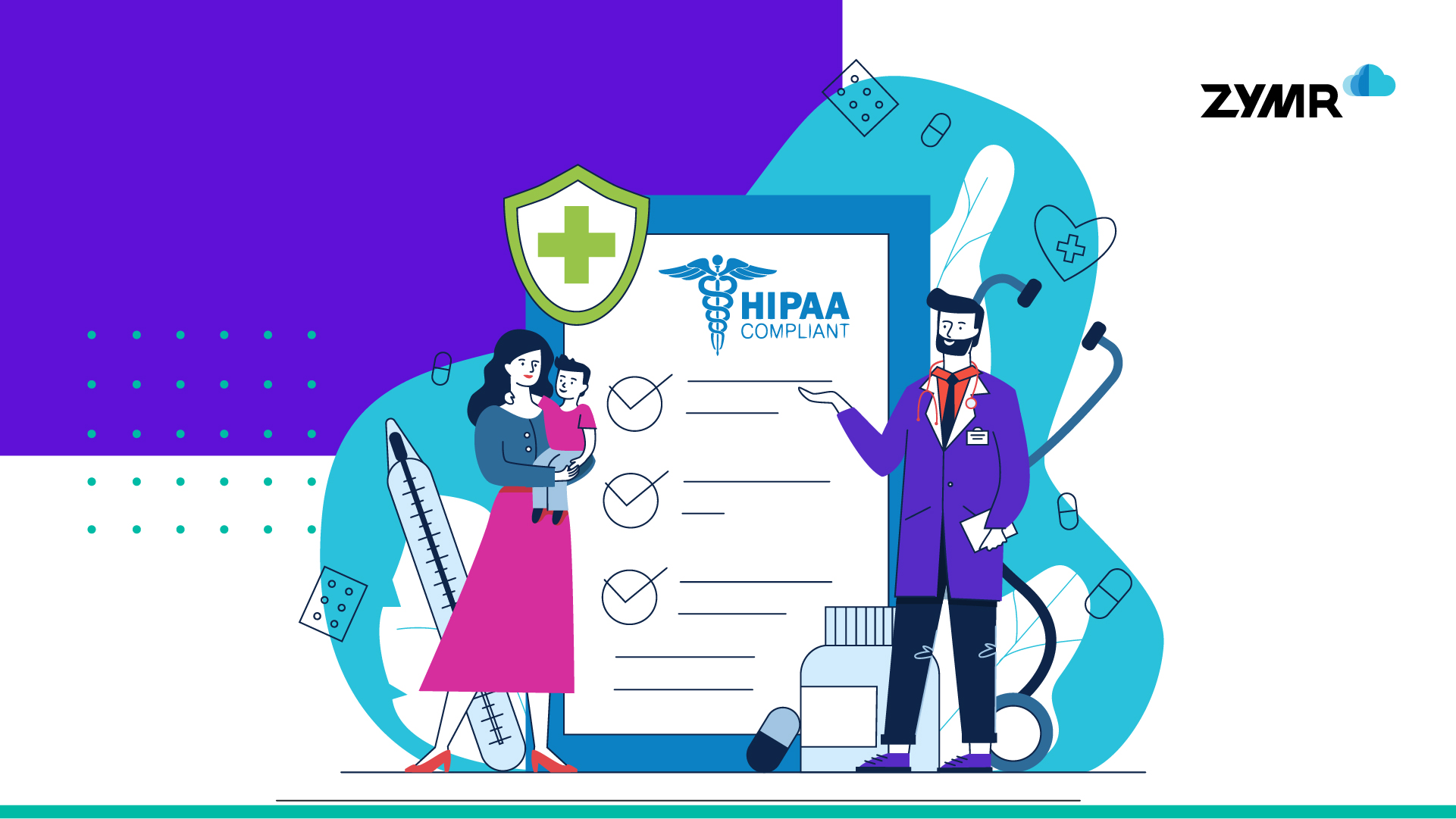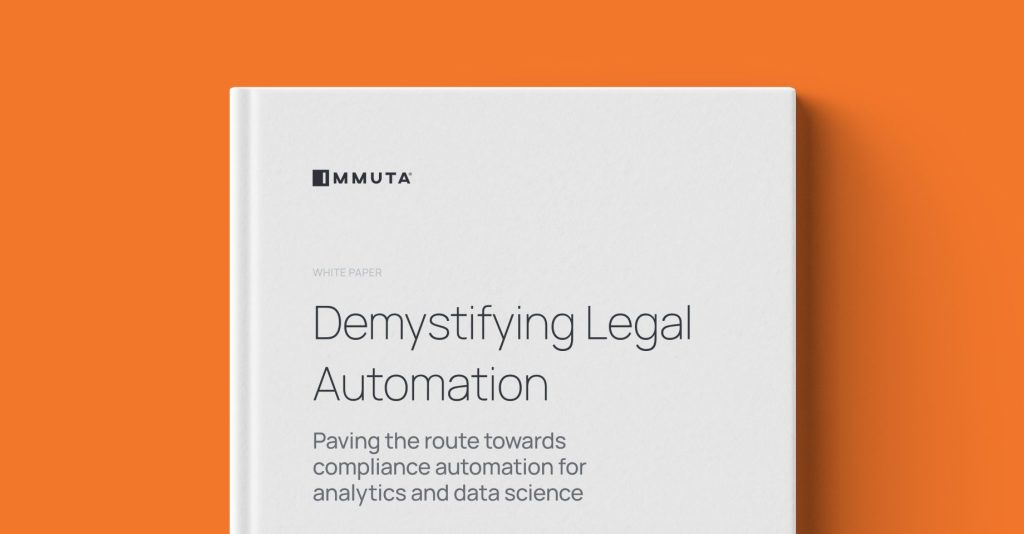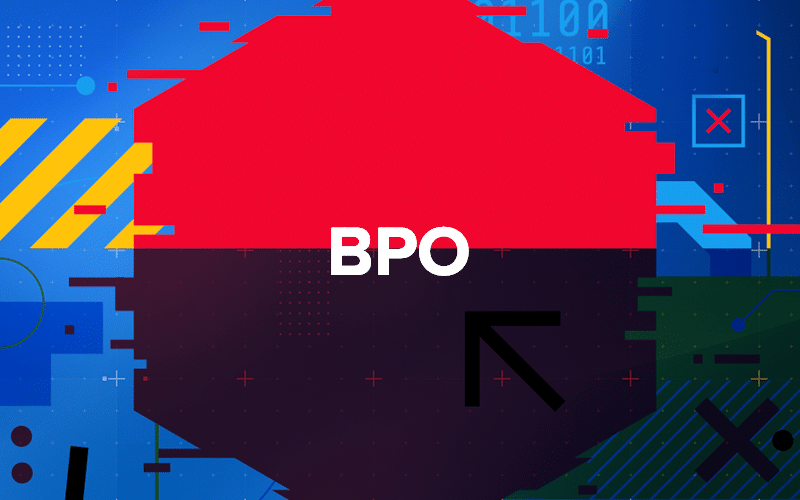Introduction
Health Insurance Portability and Accountability Act (HIPAA) compliance is a critical aspect of the healthcare industry. It sets the standards for protecting sensitive patient information and ensuring the privacy and security of electronic health records (EHRs). For IT professionals working in healthcare organizations, understanding HIPAA compliance is essential to ensure the proper handling of patient data and avoid costly penalties.
1. HIPAA Overview
HIPAA was enacted in 1996 to address the security and privacy concerns associated with electronic healthcare transactions. It consists of two main rules: the Privacy Rule and the Security Rule. The Privacy Rule establishes guidelines for protecting patients’ personal health information (PHI), while the Security Rule focuses on the technical safeguards required to secure electronic PHI.
2. Key Requirements of HIPAA Compliance
IT professionals need to be aware of the key requirements of HIPAA compliance to ensure their organization’s adherence to the regulations. These requirements include:
2.1. Administrative Safeguards
This includes the development of policies and procedures, risk assessments, workforce training, and assigning a designated HIPAA compliance officer.
2.2. Physical Safeguards
Physical safeguards involve securing the physical infrastructure of the organization, such as access controls, facility security plans, and device and media controls.
2.3. Technical Safeguards
Technical safeguards focus on the security measures implemented to protect electronic PHI. This includes access controls, encryption, audit controls, and integrity controls.
2.4. Breach Notification
In the event of a breach, organizations must follow specific protocols for notifying affected individuals, the Department of Health and Human Services (HHS), and potentially the media.
3. HIPAA Compliance and IT Infrastructure
IT professionals play a crucial role in ensuring HIPAA compliance within an organization’s IT infrastructure. They must implement appropriate security measures to protect electronic PHI, including:
3.1. Access Controls
Implementing strong access controls, such as unique user IDs, passwords, and two-factor.
Summary
This blog post aims to provide essential insights into HIPAA compliance for IT professionals. It will cover the key aspects of HIPAA regulations, including the Security Rule, Privacy Rule, and Breach Notification Rule. By understanding these rules, IT professionals can implement the necessary safeguards to protect patient data and maintain compliance.
The post will also discuss the role of IT in HIPAA compliance, highlighting the importance of risk assessments, data encryption, access controls, and regular security audits. It will provide practical tips and best practices for IT professionals to ensure their organizations meet HIPAA requirements.
Furthermore, the blog post will address common challenges faced by IT professionals in achieving HIPAA compliance, such as cloud computing, mobile devices, and third-party vendors. It will offer guidance on how to navigate these challenges and maintain a secure IT infrastructure.
In conclusion, understanding HIPAA compliance is crucial for IT professionals in the healthcare industry. By following the regulations and implementing the nece pop over here ssary security measures, IT teams can protect patient data, maintain compliance, and contribute to the overall success of their organizations.
- Q: What does HIPAA stand for?
- A: HIPAA stands for the Health Insurance Portability and Accountability Act.
- Q: What is the purpose of HIPAA?
- A: The purpose of HIPAA is to protect sensitive patient health information from being disclosed without the patient’s consent or knowledge.
- Q: Who needs to comply with HIPAA?
- A: HIPAA compliance is required for healthcare providers, health plans, and healthcare clearinghouses that transmit any health information electronically.
- Q: What is considered protected health information (PHI)?
- A: Protected health information (PHI) includes any individually identifiable health information, such as medical records, billing information, and health insurance information.
- Q: What are the key requirements of HIPAA compliance?
- A: The key requirements of HIPAA compliance include implementing safeguards to protect PHI, conducting regular risk assessments, training employees on privacy and security policies, and maintaining proper documentation.
- Q: What are the penalties for non-compliance with HIPAA?
- A: Non-compliance with HIPAA can result in severe penalties, including fines ranging from $100 to $50,000 per violation, and in some cases, criminal charges and imprisonment.
- Q: How can IT systems ensure HIPAA compliance?
- A: IT systems can ensure HIPAA compliance by implementing strong access controls, encrypting sensitive data, regularly updating software and security patches, and conducting regular audits and risk assessments.
- Q: Can PHI be shared without patient consent?
- A: PHI can be shared without patient consent in certain situations, such as for treatment purposes, payment transactions, and healthcare operations. However, there are strict guidelines and limitations on such disclosures.
- Q: What should I do if there is a HIPAA violation?
- A: If you suspect a HIPAA violation, you should report it to the appropriate authorities, such as the Office for Civil Rights (OCR) or your organization’s privacy officer.
- Q: Is HIPAA compliance only



